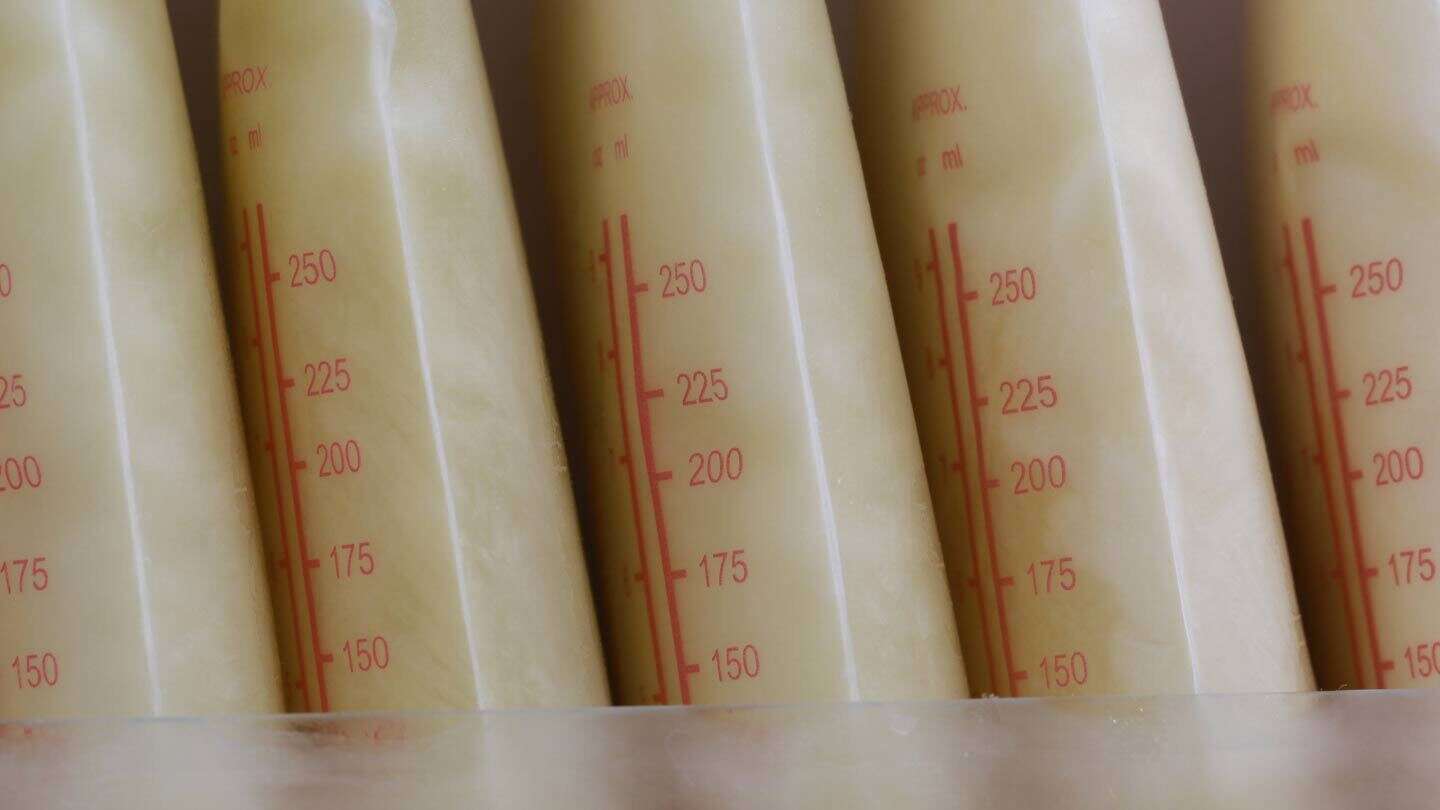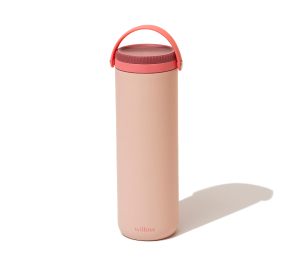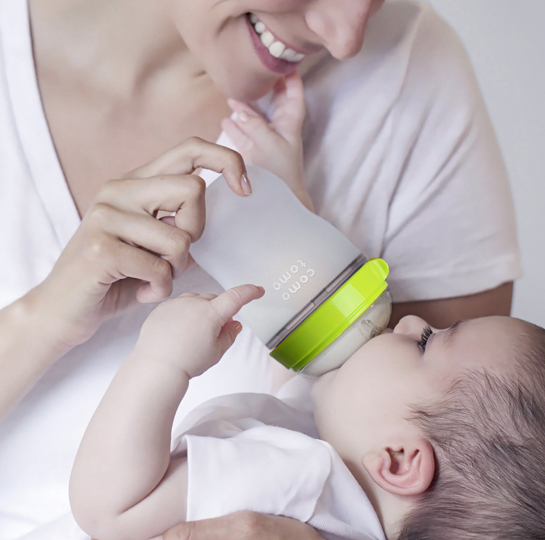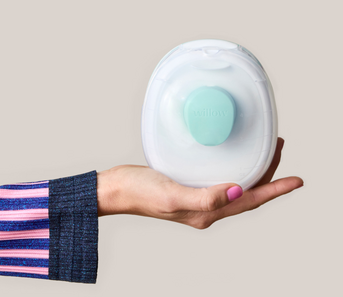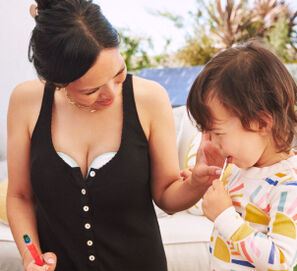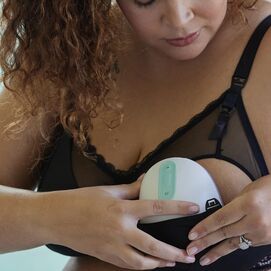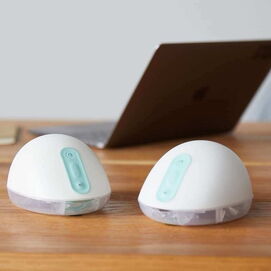Introducing the Mom Chat by Willow — a new series diving into conversations that lightup your group text at all hours of the day (and night). When you’re wondering if thelatest sleep regression, food refusal, or maddeningly short nap is par for the course,look no further than right here. We’ve got answers straight from the experts (aka thelactation consultants, sleep consultants, pediatric nutritionists, and others that we keepon hand to answer your questions).
You’ve filled your freezer with liquid gold. And now...
Your baby won’t touch it. They had no problem when the milk was freshly pumped, but now, they’re refusing the bottle. You’re driving yourself crazy trying to figure out what’s wrong: “Has it gone bad?” “Is it something I’m eating?” “Maybe my freezer isn’t cold enough?”
If your freezer is functioning properly and you’ve followed proper storage and defrosting guidelines — refrigerating within four days of expression, storing in food-grade and leak-proof containers, using within 24 hours of defrosting, etc. — then read on for two possible causes and remedies.
Willow Portable Breast Milk Cooler
Willow Portable Breast Milk Cooler
Store up to 16 oz of milk at a safe temperature for up to 24 hours (no ice cubes necessary!) with our new Portable Breast Milk Cooler.
One potential cause: excess lipase
Google “my baby won’t drink my thawed breast milk” and you’ll likely find a number of articles about excess lipase. The TLDR? Some moms have an excess of an enzyme called lipase in their breast milk. Lipase is a good thing: it helps keep milk fat well-mixed, keep fat globules small so they’re easy to digest, and break down fats in the milk so the nutrients and free fatty acids are easily available. But too much lipase can cause milk to smell or taste soapy (cilantro, anyone?!), sweaty, and, in some cases, like stale nuts. Yes, really!
Some moms have found that heating the milk to the point of scalding it (look for little bubbles along the side of the pot) before putting it in the freezer can help deactivate some of the lipase. But this can also impact its nutritional content, so you’ll want to make sure that you’re not heating 100% of the milk that your baby is drinking.(Kellymom.com)
Another potential cause: chemical oxidation
Milk that tastes metallic, fishy, hay-like, sour, or (worst-case) rancid may be the result of chemical oxidation. Like excess lipase, this sounds worse than it is — nothing is wrong with the breast milk, but it may be unappealing to your babe.
Chemical oxidation can often be caused by the consumption of food that is high in polyunsaturated fats, or tap water with high levels of copper or iron. If you’ve experimented with scalding your breast milk before freezing it and your baby is still refusing it once it’s thawed, you could try drinking bottled or filtered water for a while, and cutting down on walnuts, sunflower seeds, tofu, and soybeans, as well as oils like sunflower oil and corn oil. You could also try adding more antioxidants to your diet, focusing on beta carotene and vitamin E.
No matter the cause, remember...
Seeing your baby refuse the milk that you invested so much time and energy into pumping can be frustrating, disheartening, and downright depressing. So be kind to yourself and remember that everything is a phase.
Our Favorite Bottles
Our Favorite Bottles
You want only the best bottle for your pumped milk. For breastfed babies, we love Comotomo bottles.

